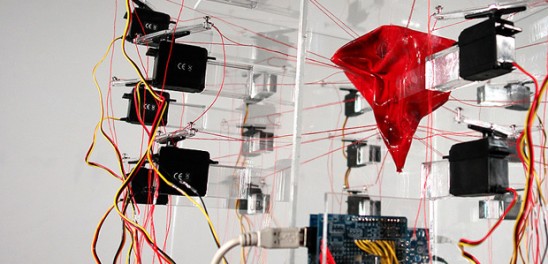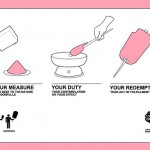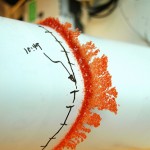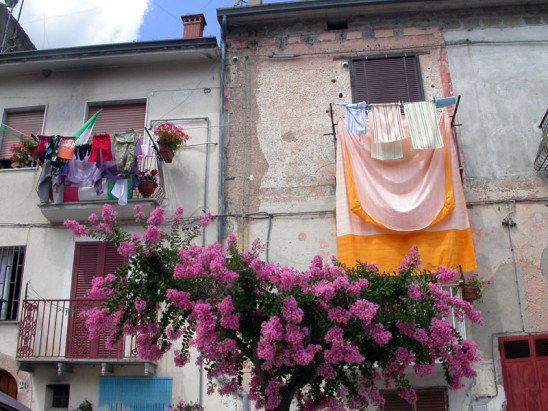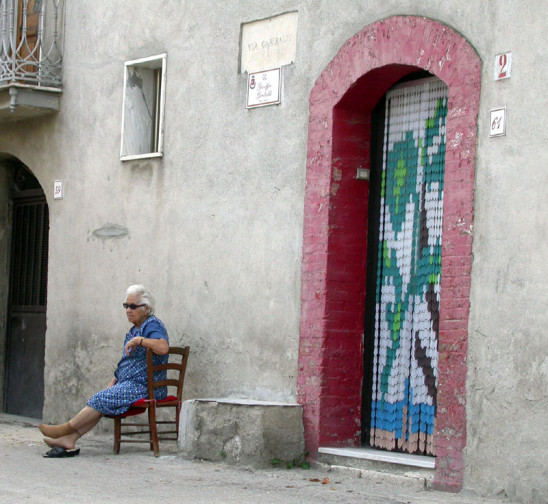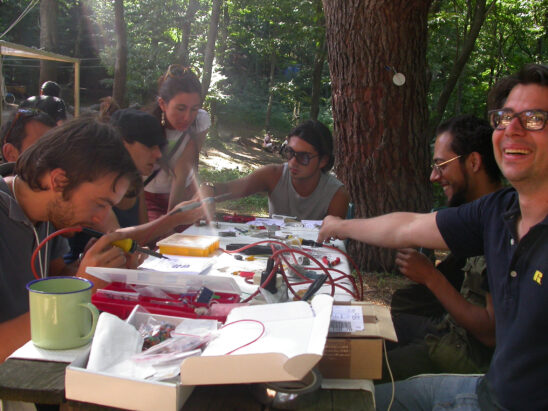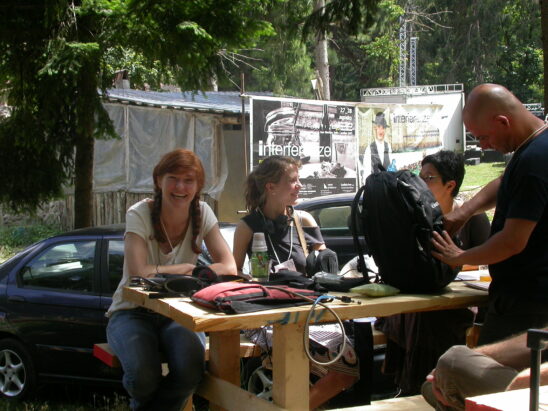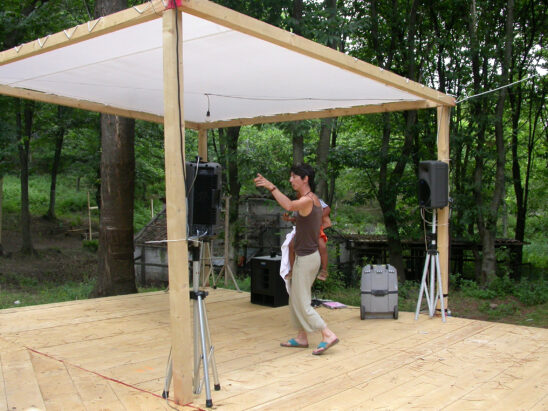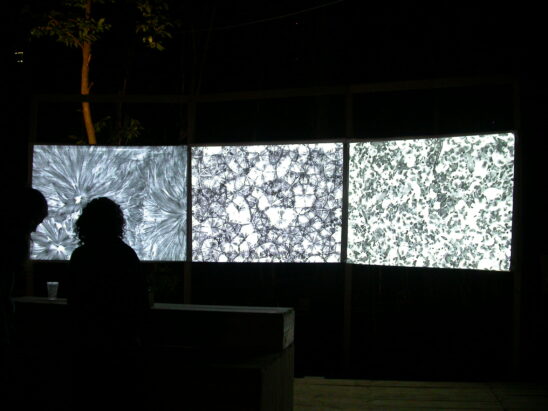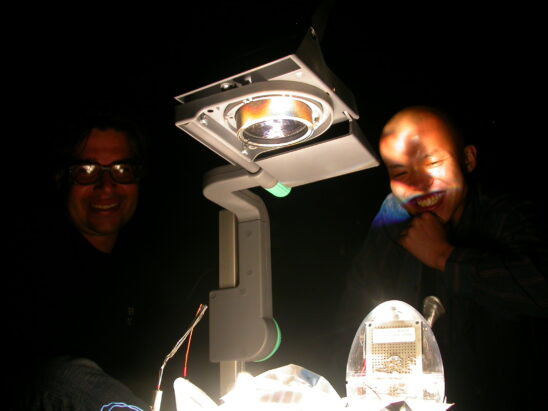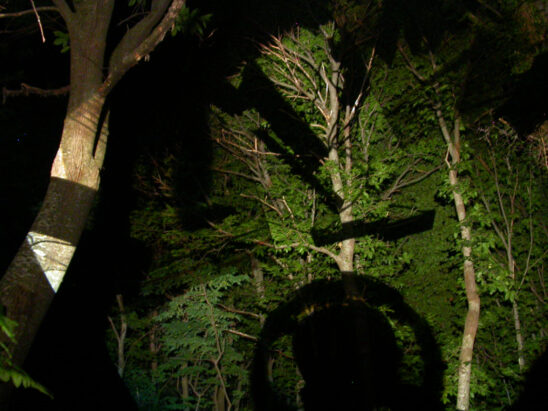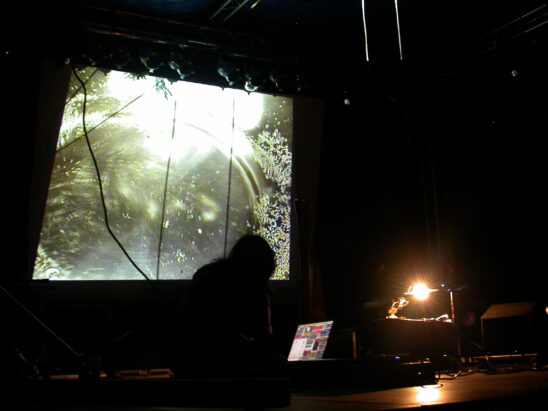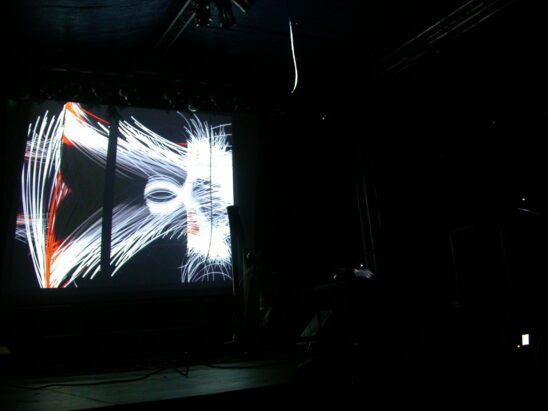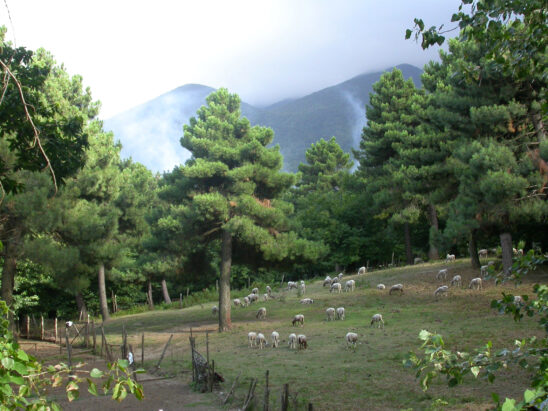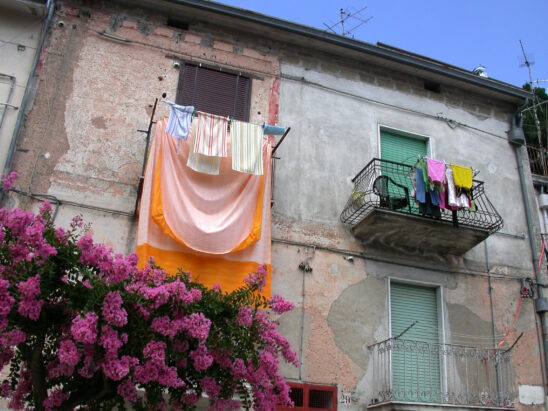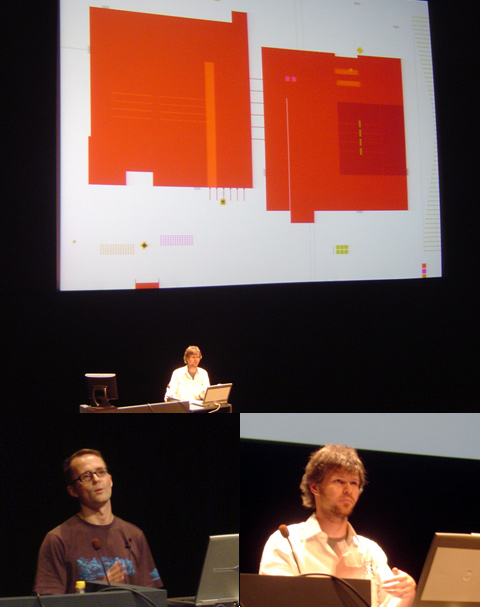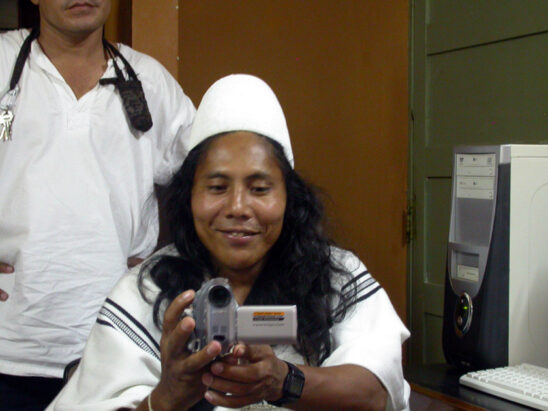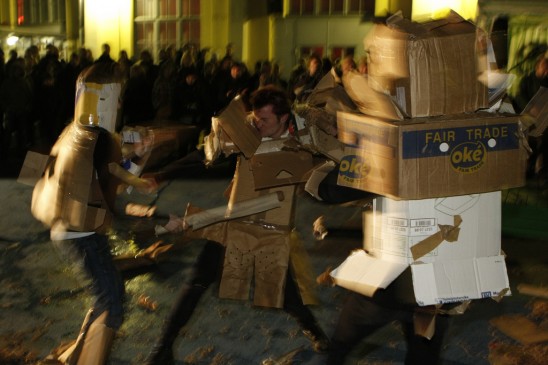
Boxwars @ Pixelache 2008 (photo by Antti Ahonen)
In connection with Pixelache 2008 festival, we made a survey about organisational strategies of some prominent grassroot initiatives. We received replies from these people / organisations:
– Ben Fry & Casey Reas / Processing
– David Cuartielles / Arduino
– Douglas Repetto / Dorkbot
– Damien Deadly / Boxwars UK
The questions were:
* What are the aims of the project you are involved in?
* How is the project organised?
* How do you support the work financially and what impact does this have on your project?
* What do you feel you have achieved, and what are the problems you face?
* Are there any past projects/models which have inspired you?
* What are your hopes for the future?
Some excerpts from the survey:
* How do you support the work financially and what impact does this have on your project?
Casey Reas & Ben Fry / Processing: We’ve made a conscious effort to keep money out of the project. We don’t take donations, sell anything, or put ads on the site. We don’t make money directly for working on it and we hope that sets the example for others to contribute. We both have other jobs to pay for our food and rent. We were fortunate to receive a grant early in the project that was used to pay for a few developers to write key components of the software. Last year, Ben received a personal grant that provided some concentrated time to focus on the project. Our web hosting is thankfully donated.
* Are there any past projects/models which have inspired you?
David Cuartielles / Arduino: Before I was member of a design collective called Aeswad, based in Malmo, Sweden. There we had a pretty anarchic way of dealing with projects, deciding how to be paid, etc. The financial model we had was really thought through and helped me to understand that distributed organizations need of a completely different degree of freedom that corporations do. On the other hand I could learn how to make (a lot of) money making the things I like the most and letting the others do the same.
Distributed strategies for world-wide organizations can actually provide a way of living to their members. It is just that nobody will explain you how to make it happen. There is no business school focusing on that. Corporate is a cancer we gotta eliminate from society if we are about to make this new way of thinking/living/working possible.
* What are your hopes for the future?
Douglas Repetto / Dorkbot: I try to stay kind of neutral about the future of dorkbot. As organizations grow they often develop self-protection mechanisms, and sometimes maintaining the organization becomes more important than the actual activities of the organization. If dorkbot is no longer useful or interesting in a particular city, then we just let it die. Sometimes it comes back in another form, sometimes it doesn’t. I don’t try to revive meetings or put any pressure on people to continue meeting. I will keep doing dorkbot in New York as long as it’s interesting and people keep volunteering to give presentations. But there are lots of other organizations doing similar things to dorkbot, so I’m sure that if we go away other things that are just as useful/interesting will take its place.
I’m constantly working to understand how something can seem to be both the most important thing in the world and also completely inconsequential. That’s my primary organizational strategy!
– – – –
The self-organisation survey can be found here:
>> http://university.pixelache.ac/prog/selforgsurvey
